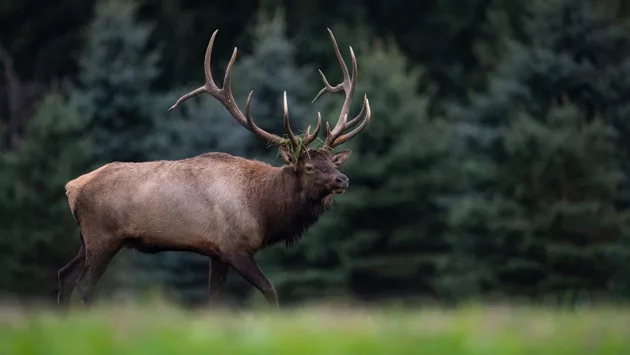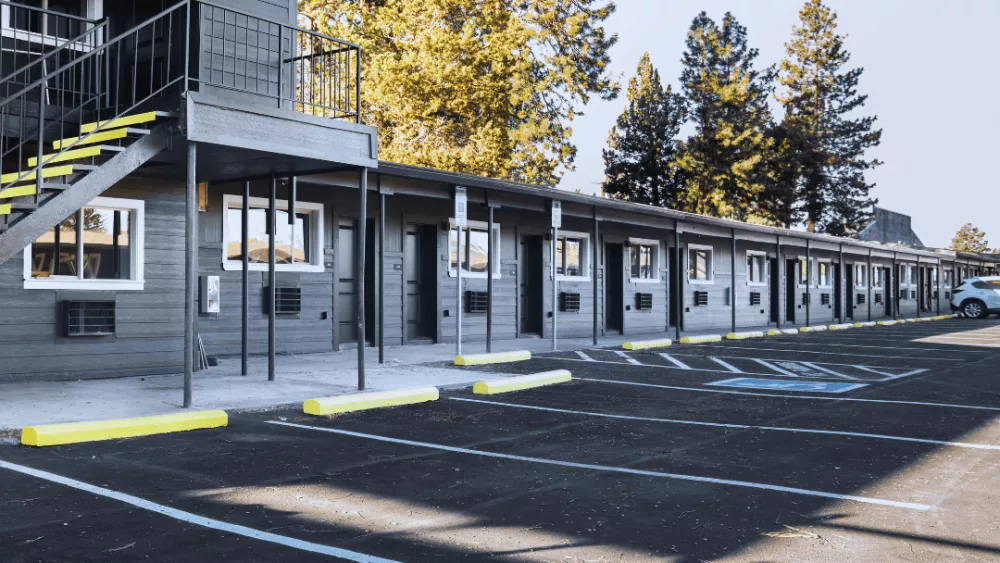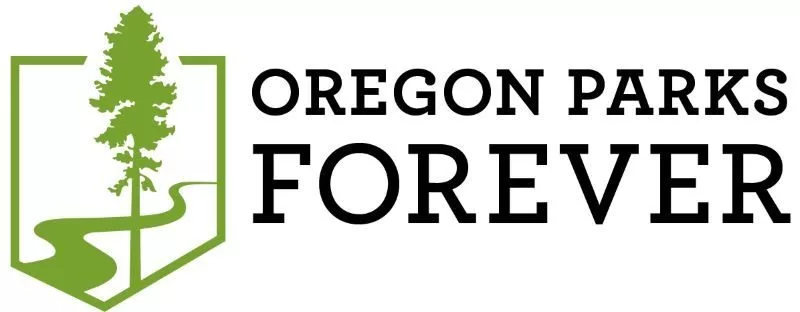During the 2023 deer and elk hunting seasons, ODFW will increase sampling efforts for Chronic Wasting Disease (CWD) throughout the state by providing hunters with quick and easy opportunities to have their harvested animal tested.
As a reminder to hunters, CWD check stations are mandatory to stop at if you pass one along the highway or interstate while transporting a harvested deer or elk.
For a list of CWD check station locations, ODFW offices and other ways to get your deer or elk tested, such as at a taxidermist or meat processor, visit: https://myodfw.com/CWD.
CWD was detected in northern Idaho in 2021, just 30 miles from the Oregon border. It is always fatal to deer and elk and there is no cure. The more animals that are tested, the more certain ODFW can be that the disease is not in the state. If it is detected, ODFW can implement its response plan to contain the spread of CWD.
“With the disease detected in multiple species so close to Oregon, we are concerned it could already be here,” said Dr. Colin Gillin, ODFW state wildlife veterinarian. “That’s why we are asking successful hunters to please get their animal tested.”
Deer and elk that have CWD can be shedding it in soil and spreading it for years before showing any symptoms. That is why ODFW has surveilled deer and elk herds for CWD for more than 20 years by testing approximately 27,000 hunter-harvested, road-killed, and other deceased animals and not yet detecting it in Oregon.
“There is no cure, no treatment, or vaccine for the disease, and it is fatal to all animals that become infected,” continued Gillin. “But if we catch it early, we will have the best chance of minimizing its spread and impact on Oregon’s big game herds.”
How to get your deer or elk tested and see results online.
1) Check stations (mandatory to stop if you pass one while transporting harvested deer or elk): It takes about 10 minutes for staff to sample your animal with the collection of lymph nodes and associated hunter information. Failure to stop could result in a citation. Highway signs will be posted to alert hunters to check stations.
Check station locations for 2023 opening weekend deer rifle season:
- Celilo Park (exit 97 off I-84 west of Biggs Junction), Oct. 8-10, 9 a.m. to dusk. (Google map coordinates)
- Prineville, Crook County Fairgrounds, 1280 S Main St, Oct. 8-10, 9 a.m. to dusk. (Google map coordinates)
- Elgin Rodeo Grounds, 790 S 8th Ave, Oct. 7-9, noon to 6 p.m. (Google map coordinates)
- Baker City, ODOT parking lot off Hwy 86, Oct. 7-9, 10 a.m. to 6 p.m. (Google map coordinates)
Opening weekend rifle Rocky Mtn elk season:
- Celilo Park (exit 97 off I-84 west of Biggs Junction), Nov. 4-6, 9 a.m. to dusk. (Google map coordinates)
- Prineville, Crook County Fairgrounds, 1280 S Main St, Nov. 4-6, 9 a.m. to dusk. (Google map coordinates)
- Elgin Stampede Grounds, 790 S 8th Ave, Nov. 4-6, 10 a.m. to 5 p.m. (Google map coordinates)
- Baker City, ODOT parking lot off Hwy 86, Nov. 4-6, 10 a.m. to 5 p.m. (Google map coordinates)
2) Taxidermy/Meat Processing option
Several taxidermy and meat processing businesses have agreed to collect CWD samples from deer or elk they receive from their clients and provide it to ODFW. See the list of participating businesses online or ask your taxidermist or meat processor to collect a sample.
3) Make an appointment at a local ODFW office or use a drop-off barrel
Successful hunters can also contact some field offices to have a biologist collect a sample. Call the office to make an appointment in advance as biologists are often in the field. ODFW will collect the sample from the animal’s head so please keep your deer or elk head cool prior to sampling if possible.
Some offices will have drop-off barrels outside so hunters can submit a head after hours; use bags and ID card to provide ODFW ID number and contact information. See list of ODFW offices taking samples.
Test results are expected to take up to a month.
If an animal tests positive for CWD, a biologist or veterinarian will contact the hunter directly. Test results will be posted by ODFW ID number or roadkill salvage confirmation number online at https://www.dfw.state.or.us/wildlife/health_program/CWD-testing/.
What is CWD and can humans get it?
Chronic Wasting Disease affects members of the cervid family such as deer, elk, and moose. It is an always fatal, infectious disease caused by a protein called a prion. It is spread by nose-to-nose contact between animals and through urine, feces, blood, and saliva. The more animals are congregated, the easier it is for CWD to pass from one animal to another, which is why baiting and feeding deer and elk is a risky practice and highly discouraged to prevent disease spread.
The disease-causing prions are shed in feces and urine by live infected animals or in the carcasses of animals who died infected with the disease. Prions can also persist in soil for years, potentially infecting other animals into the future. Many states, including Oregon, ban the import of certain animal parts, such as brain and spinal column, from other states (see Parts Ban for more info). This regulation limits the chance that infected brain or spinal column will be discarded on the landscape to potentially infect an Oregon animal.
Infected animals can spread the disease for several years before showing symptoms which include loss of balance, drooling, emaciation or wasting. Testing apparently healthy deer and elk early in the course of the disease when they are not showing symptoms is the most effective method of detection before an animal has spread the disease across the landscape and to other animals.
There is currently no evidence that humans can contract CWD from eating or handling meat from an animal infected with the disease. However, humans are susceptible to other similar diseases such as Mad Cow disease (from the cattle form of this prion disease) and Creutzfeldt-Jakob disease (CJD), which is a naturally occurring human-form of a similar prion disease. The Centers for Disease Control (CDC) recommends caution and provides information on preventative steps hunters can take to be as safe as possible.






